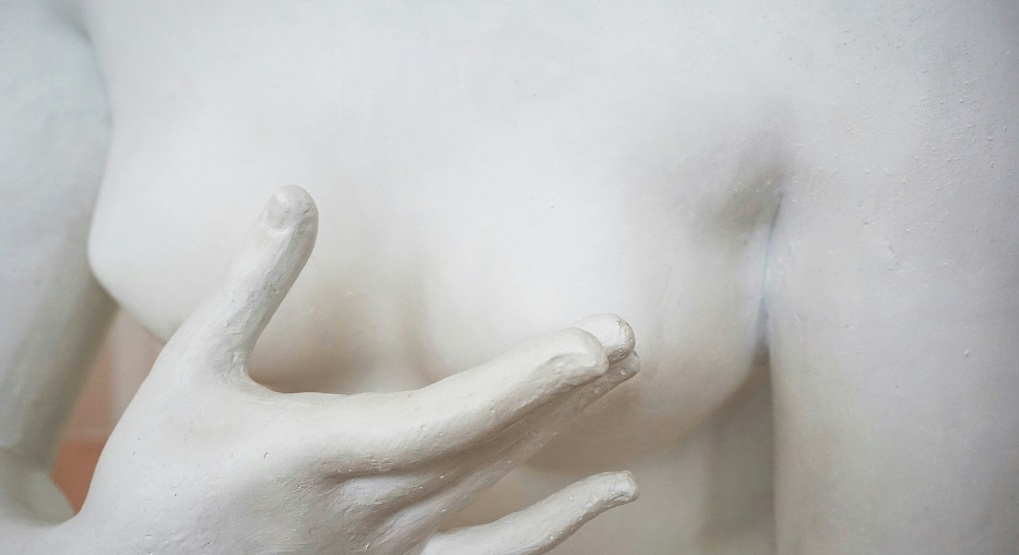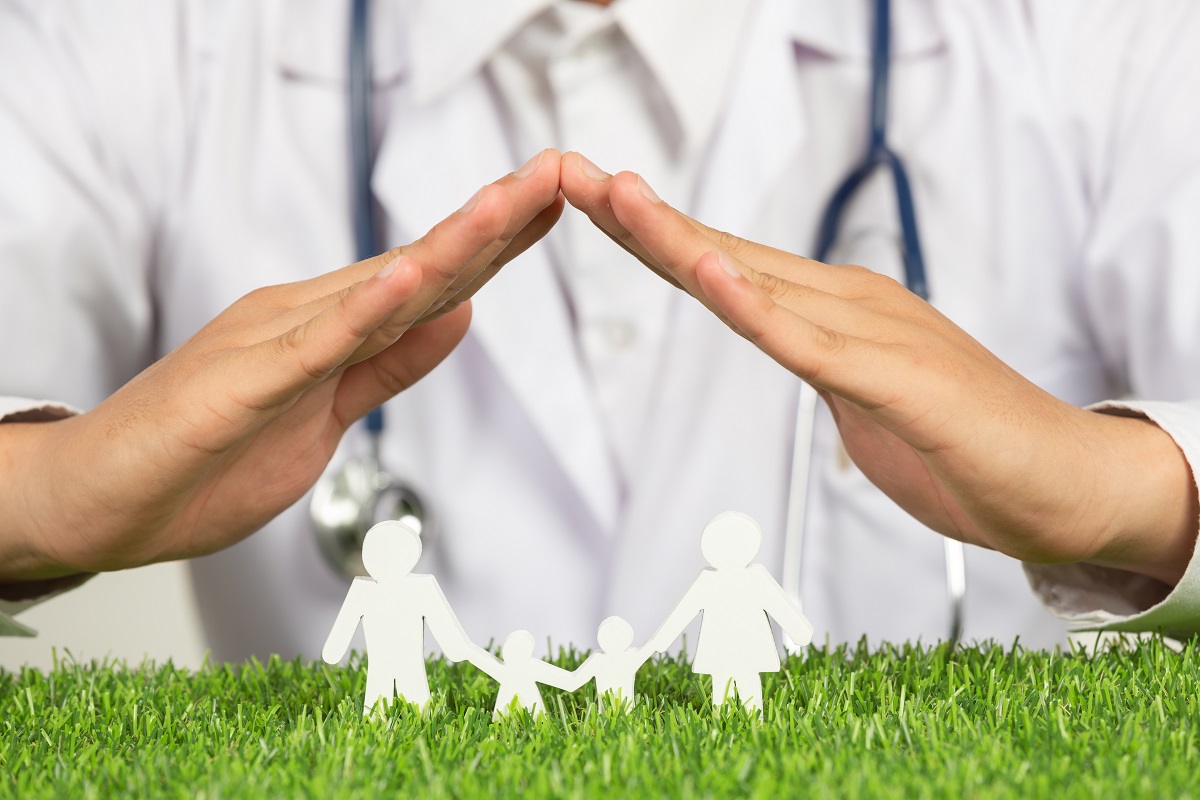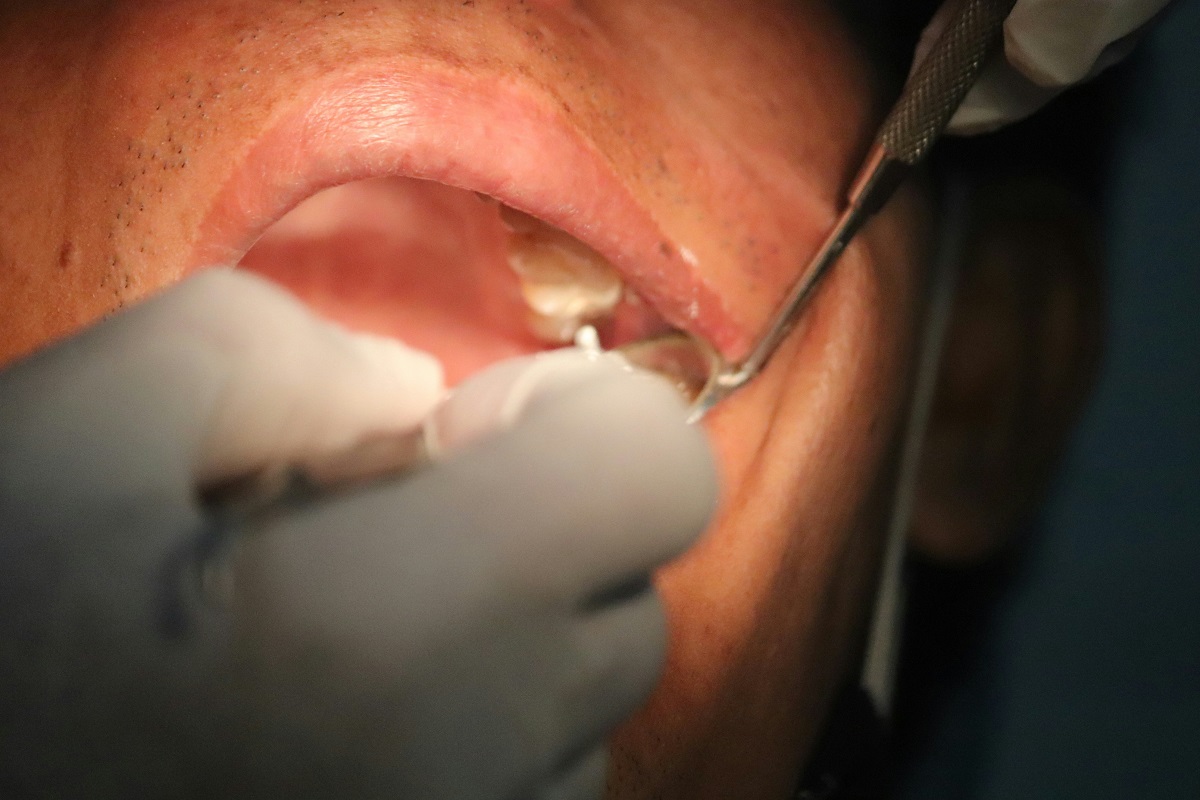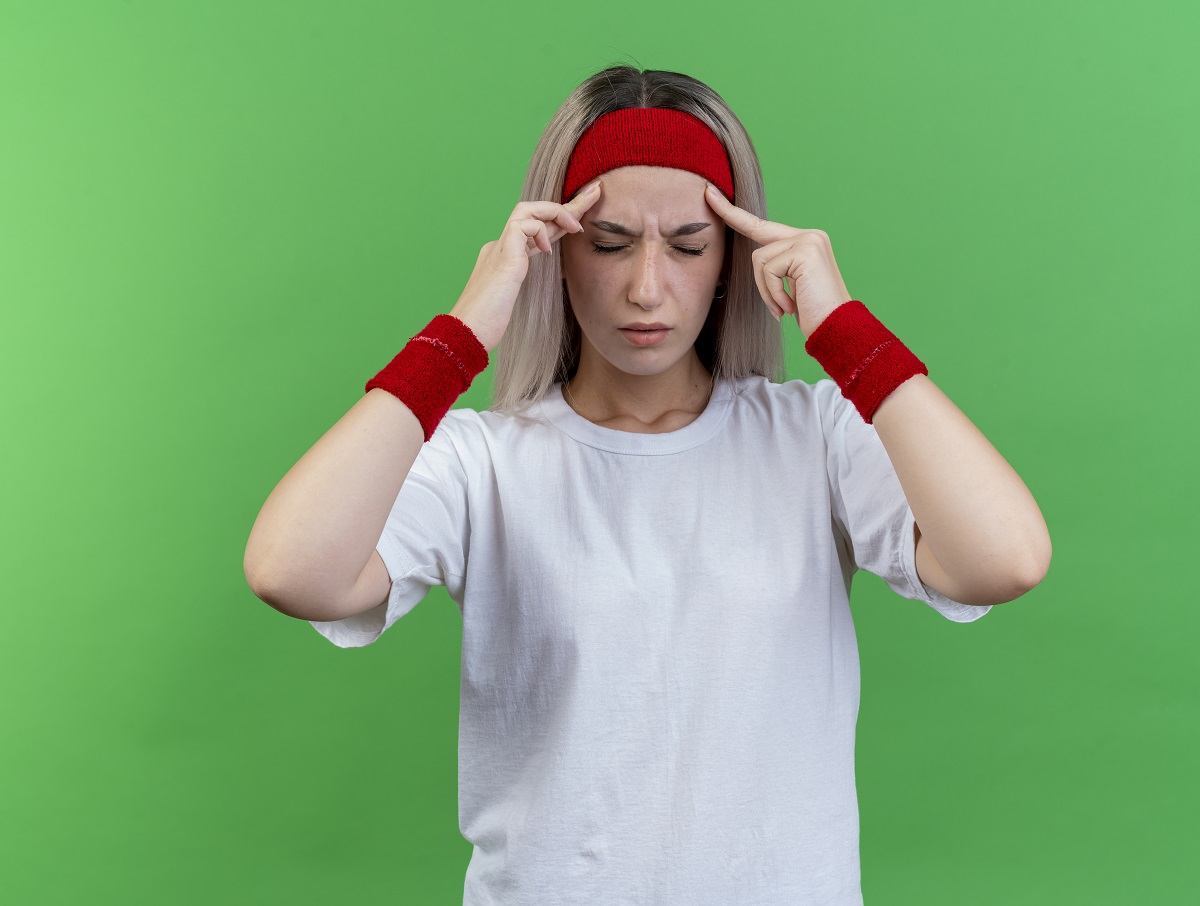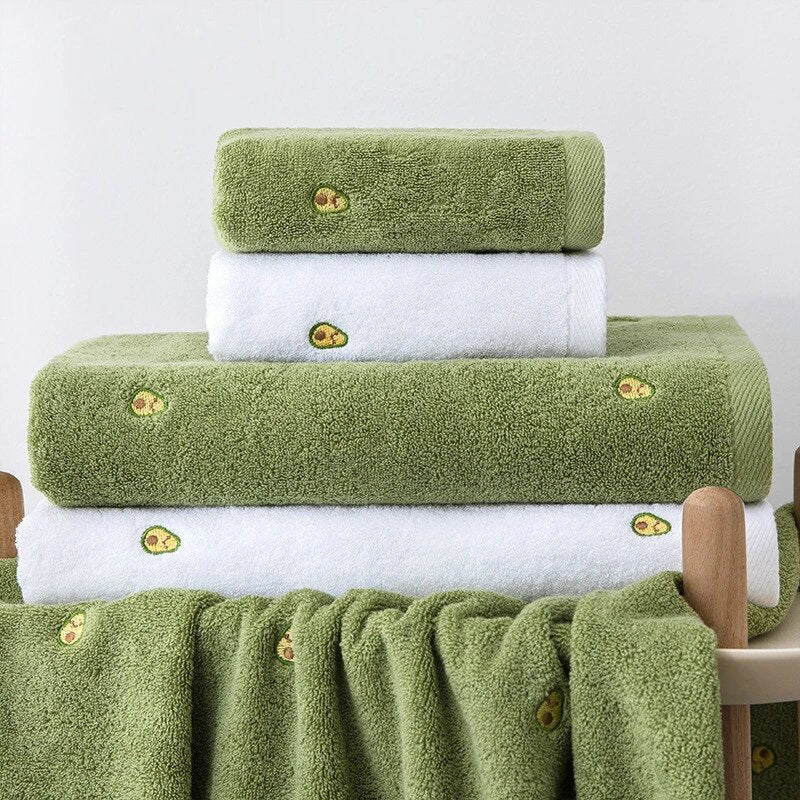Puffy nipples, a term that often circulates in fitness and health discussions, can be a source of discomfort and self-consciousness for many. While commonly associated with women, puffy nipples in men are also a prevalent concern. This condition can affect anyone, regardless of age or body type, leading many to seek ways to address it. This comprehensive guide aims to explore the causes of puffy nipples, particularly in men, and provide effective strategies for managing or eliminating this condition.
Understanding Puffy Nipples
Before diving into solutions, it’s crucial to understand what puffy nipples are and why they occur. Puffy nipples can be the result of hormonal changes, body fat percentage, genetics, or certain medical conditions. In men, this condition is often linked to gynecomastia, which is the enlargement of breast tissue due to a hormonal imbalance. This imbalance can lead to excess fat and glandular tissue around the nipple area, causing a puffy appearance.
Causes of Puffy Nipples in Men
Several factors can contribute to the development of puffy nipples in men, including:
Hormonal Imbalances: Fluctuations in hormones, especially an imbalance between estrogen and testosterone, can lead to the development of excess breast tissue. Everybody is inherently endowed with both estrogen and testosterone. Testosterone levels are often higher in men. Nevertheless, having estrogen levels that are greater than usual might stimulate the growth of the mammary glands, leading to a medical condition known as gynecomastia. When estrogen levels return to normal, breast and nipple swelling typically disappears.
Obesity: Higher levels of body fat can increase estrogen levels in men, contributing to the condition. The form and look of the breasts and nipples might be impacted by having too much body fat. A man’s nipples may appear larger than usual if he develops extra fat tissue in the breasts. Hormonal abnormalities in men can also be caused by being overweight. Researchers discovered in a 2017 study (Trusted Source) that males with more body fat had lower testosterone and higher estrogen levels. Reducing body fat can also lessen breast and nipple swelling and help hormone levels return to normal.
Steroid Use: Anabolic steroids can disrupt hormone levels, leading to gynecomastia and puffy nipples. Hormonal abnormalities may arise from the use of anabolic steroids. Researchers identified two individuals who consistently utilized anabolic steroids in a 2010 case study (Trusted Source). Gynecomastia, or the enlargement of the breast and surrounding tissue, affects both.
Workouts: Suffering from swelling nipples might occur from prolonged running or jogging. Running’s repetitive motion can lead to chafing, sometimes known as “jogger’s nipple,” which is contact between the nipple’s skin and the fabric of the garment.
Medications: Certain medications can cause hormonal imbalances, leading to the development of puffy nipples.
Genetics: Sometimes, the tendency to develop puffy nipples can be inherited.
How to Get Rid of Puffy Nipples
The approach to reducing or eliminating puffy nipples varies depending on the underlying cause. Here are several strategies that can be effective:
1. Lifestyle Changes
Making specific lifestyle changes can help address the root causes of puffy nipples, especially if they are related to obesity or hormonal imbalances.

Diet and Nutrition: Adopting a balanced diet that promotes hormonal balance and weight loss can be beneficial. Focus on whole foods, lean proteins, and vegetables while reducing processed foods and sugars.
Exercise: Regular physical activity, particularly strength training and cardiovascular exercises, can help reduce body fat and potentially minimize the appearance of puffy nipples.
Avoid Certain Substances: Limiting or avoiding alcohol, drugs, and anabolic steroids can help maintain a healthy hormonal balance.
2. Medical Treatments
In cases where lifestyle changes are not enough, medical treatments may be necessary. These can include:
Hormonal Therapy: If hormonal imbalances contribute to the condition, hormone therapy might be prescribed to correct these imbalances.
Medication: Certain medications can help reduce breast tissue in men. However, these should only be taken under the guidance of a healthcare professional.
Surgery: For those with significant gynecomastia or persistent puffy nipples, surgical options such as liposuction or gland excision may be recommended.
3. Natural Remedies
While less proven than medical treatments, some natural remedies and supplements are believed by some to support hormonal balance and reduce the appearance of puffy nipples. These include:
Turmeric: Known for its anti-inflammatory properties, turmeric is thought to potentially reduce gynecomastia by lowering estrogen levels.
Fish Oil: Rich in omega-3 fatty acids, fish oil supplements may help manage estrogen levels.
Zinc: This mineral is crucial for hormone production and may help maintain a balance between testosterone and estrogen.
4. Professional Consultation
If you’re struggling with puffy nipples and it’s affecting your quality of life, consulting with a healthcare professional is crucial. They can provide a proper diagnosis and recommend the most appropriate treatment plan based on the underlying cause. This might include referrals to endocrinologists, dietitians, or plastic surgeons, depending on your specific situation.
5. Workout Tips
Men’s breast edema and nipple puffiness can be lessened by performing specific chest workouts. The chest muscles are strengthened and toned with the following exercises: Bench press with a barbell, forward dips, incline bench, and cable fly push-ups. These are workouts that people can incorporate into their fitness regimens. To target different muscles in your chest, remember to employ numerous exercises.
Try completing one to three sets of eight to twelve repetitions with light weights if you’re new to weightlifting. Gradually increase the number of sets over time, or decrease the number of sets and raise the weight.
It may take some time to find the ideal workout regimen. Individuals should pay attention to their bodies and refrain from overstretching their muscles to the point of harm.
People should also perform workouts that strengthen their shoulders and back muscles for the best results. By making a defined chest more balanced and enhancing posture, strengthening these muscles can make the body appear symmetrical. It’s a good idea for people to incorporate some aerobic activity into their fitness regimen. For example, consider: jogging, riding, running, swimming rope jumps
Even though jogging and running might exacerbate the development of swollen nipples, every workout regimen should incorporate some cardiovascular activity. Using nipple covers could be beneficial in avoiding chafing in this region. You can buy exercise-related breast coverings online.
Active individuals should engage in at least 150 minutes a week of moderate-intensity aerobic exercise, and also take strength training twice a week or more. One may choose to perform 15–20 minutes of cardiovascular activity both before and following a weightlifting regimen. Another choice is to do 45–60 minutes of cardiovascular exercise on the days in between weightlifting sessions.
6. Dietary changes
Certain forms of engorged nipples are caused by excess fat and estrogen. A few dietary adjustments might be able to help with this. Eating mindfully may also aid in weight loss and maintenance.
To give a low-fat diet a try, you ought to: boost the amount of fruits and vegetables you eat, get rid of highly processed meals, and steer clear of grains and soy products.
For additional specific advice on what to eat and what not to eat when on a low-fat diet, speak with your doctor. They could also be able to suggest a diet that is more tailored to your particular requirements.
Read More: WHAT IS BIPOLAR DISORDER AND HOW DOES IT AFFECT INDIVIDUALS???
Eat a diet high in testosterone and low in estrogen if you suspect that your hormone levels are the cause.
Consider including these foods high in testosterone in your diet: garlic, Tuna with ginger, reduced-fat milk, beans, and egg yolks, berries, mussels, oysters, and meat, Cruciferous veggies, nuts called macadamia
Additionally, you ought to schedule a visit with your physician. An underlying medical ailment may be connected to your hormone levels. To assist you control your hormones, your doctor might be able to suggest other treatments or write a prescription for medication.
7. Herbal Dietary Supplements
Moreover, taking herbal supplements may lessen puffy nipples. It’s believed that some of them function by raising testosterone levels. This comprises Tribulus Terrestris, Ginger, fenugreek, and ashwagandha. Further research is necessary, despite some evidence suggesting that these herbs help increase testosterone in men with underlying problems such as erectile dysfunction. There are currently no research papers linking herbal supplements to a reduction in the puffiness of the nipples. According to anecdotal reports, these plants could be useful in treating puffy nipples: Red clover, passionflower, milk thistle, turmeric, and devil’s claw.
Certain supplements may interact dangerously with prescription and over-the-counter drugs or result in severe side effects. Your physician can counsel you on use and go over your specific dangers. Purchasing supplements from a reputable manufacturer is crucial. Additionally, your physician might be able to suggest a particular brand or item. Always adhere to the dose recommendations on the label.
Although studies indicate potential health advantages, the FDA does not keep an eye on the quality or purity of supplements. Consult your physician before starting any supplement regimen.
How to Get Rid of Puffy Nipples in Men: Surgical Options
When lifestyle changes, medications, and natural remedies are not effective, surgery might be the next step. The most common surgical procedures to address puffy nipples in men include:
Liposuction: This procedure involves the removal of excess fat from the breast area but may not be effective for glandular tissue.
Mastectomy: This more invasive option involves the removal of glandular breast tissue, and sometimes skin, to achieve a flatter, more masculine chest contour.
Preparing for Surgery
If surgery is deemed necessary, here are steps to prepare:
Consultation: Discuss your goals, concerns, and medical history with a qualified plastic surgeon.
Evaluation: Undergo a thorough evaluation to determine the best surgical approach for your specific case.
Pre-Operative Instructions: Follow any given instructions closely, such as avoiding certain medications or fasting before surgery.
Recovery and Aftercare
Following your surgeon’s aftercare instructions post-surgery is vital for a smooth recovery. This typically includes:
Rest: Allowing your body ample time to heal is crucial. Avoid strenuous activities for the recommended period.
Compression Garments: Wearing compression garments can help reduce swelling and support the healing tissue.
Follow-up appointments: Attend all scheduled follow-up appointments to ensure proper healing and address any concerns.
Preventing Puffy Nipples
While not all cases of puffy nipples can be prevented, especially those due to genetics or hormonal imbalances, there are steps you can take to reduce your risk:
Maintain a Healthy Lifestyle: A balanced diet and regular exercise can help manage your weight and hormone levels.
Avoid Steroids and Drugs: Anabolic steroids, recreational drugs, and excessive alcohol can all disrupt hormonal balance.
Monitor Medications: Be aware of medications that may cause gynecomastia as a side effect and discuss alternatives with your healthcare provider if necessary.
When to See a Doctor
If puffy nipples are causing you distress or if you notice other symptoms such as discharge, pain, or a lump in the breast tissue, it’s essential to consult a healthcare provider. These could be signs of a more serious condition that requires immediate attention.
Conclusion
Puffy nipples can be a source of embarrassment and discomfort, but it’s important to remember that they are a common issue that can often be resolved. Whether through lifestyle changes, medical treatments, or surgery, options are available to help you achieve a more comfortable and confident body image. Remember, the first step towards addressing puffy nipples is understanding the underlying cause, so don’t hesitate to seek professional advice.
As you navigate your journey towards resolving puffy nipples, remember to approach the process with patience and self-compassion. Changes and improvements may take time, and the path may involve trial and error to find what works best for you. By staying informed and proactive, you can take meaningful steps toward improving your condition and enhancing your overall well-being.
In summary, dealing with puffy nipples, especially in men, requires a multifaceted approach that may include lifestyle modifications, medical intervention, or surgery, depending on the severity and underlying causes. It’s a condition that, while potentially challenging, is manageable with the right strategies and support. If you’re dealing with puffy nipples, remember you’re not alone, and solutions are within reach to help you feel more confident in your skin.
FAQs
Q: Can exercise alone get rid of puffy nipples?
While exercise can help reduce body fat and potentially minimize the appearance of puffy nipples, it may not be effective for everyone, especially if the cause is related to glandular tissue or hormonal imbalances.
Q: Are puffy nipples always a sign of gynecomastia?
Not always. Puffy nipples can be a symptom of gynecomastia but can also occur due to other factors such as genetics or body fat distribution.
Q: How long does recovery from surgery to correct puffy nipples take?
Recovery times vary depending on the individual and the type of surgery performed. Generally, most people can return to work and light activities within a week, but full recovery and the final results may take several weeks to months.
Q: Is surgery to correct puffy nipples covered by insurance?
Coverage varies by insurance plan and the reasons for surgery. Surgery for cosmetic reasons is typically not covered, but if there’s a medical necessity, partial or full coverage may be possible. Always check with your insurance provider.
Q: Can puffy nipples reoccur after treatment?
The likelihood of recurrence depends on the treatment method and underlying cause. Surgical removal of glandular tissue usually offers a permanent solution, but if the cause is related to hormonal imbalances or lifestyle factors, puffy nipples can reoccur if these issues are not managed.
